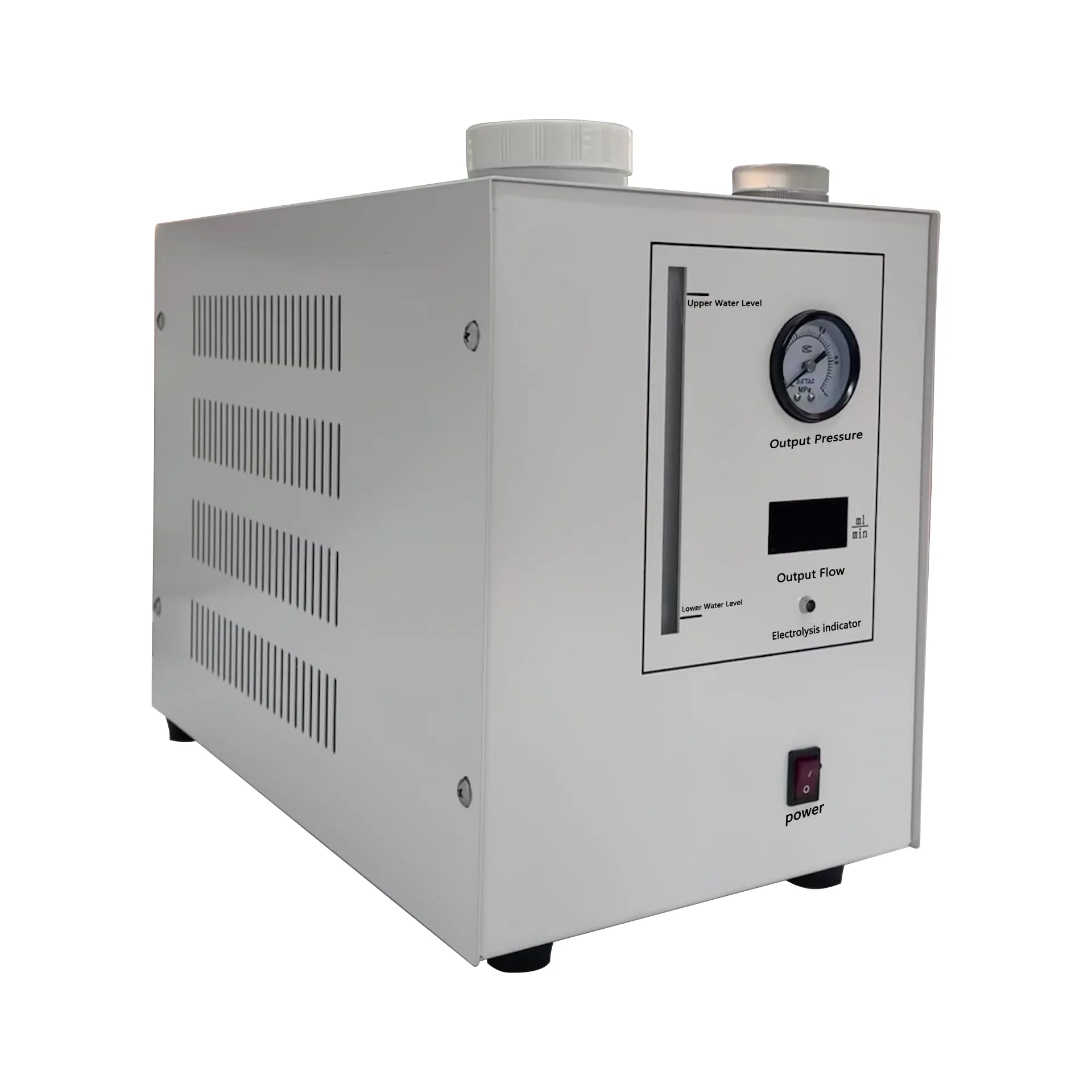 English
English


TechnicalDataSheetTDSforInducedOvervoltageWithstandTest
Induced Overvoltage Withstand Test Ensuring Electrical Safety and Reliability
In the realm of electrical engineering, ensuring the safety and reliability of equipment under various electrical stress conditions is paramount. One critical test that serves this purpose is the Induced Overvoltage Withstand Test. This test aims to assess the ability of electrical insulation systems to withstand overvoltages that may occur due to transients, lightning strikes, or switching operations in the power system. The induced overvoltage withstand test evaluates not only the materials used in electrical devices but also their overall design and construction.
The primary objective of the induced overvoltage withstand test is to validate the robustness of insulation systems. During normal operation, electrical devices, such as transformers, generators, and cables, are designed to operate under specified voltage limits. However, in real-world scenarios, unexpected transients can cause voltage levels to exceed these limits, potentially leading to insulation failure, arcing, or catastrophic equipment damage. The induced overvoltage test simulates these extreme conditions to determine whether the insulation can endure the additional stress for a specified duration without compromising its integrity.
The test procedure typically involves subjecting the electrical component to high-voltage conditions that exceed its rated operating voltage. For instance, the test may involve applying a voltage typically 2 to 3 times higher than the maximum operating voltage for a predetermined duration, often ranging from a few seconds to several minutes. The equipment undergoes careful monitoring during this phase to detect any breakdown in insulation or other signs of failure.
induced overvoltage withstand test

One of the critical aspects of the induced overvoltage withstand test is the selection of test parameters. Factors such as the frequency of the applied voltage, the duration of exposure, and the voltage levels must be meticulously defined according to relevant industry standards and the specific application of the equipment being tested. This ensures that the test accurately reflects the conditions that the equipment may encounter during its operational lifetime.
Moreover, the test outcomes play a crucial role in the design and certification of electrical equipment. Pass or fail criteria are established based on the insulation’s ability to withstand the induced voltages without showing signs of degradation. A successful test indicates that the insulation system can handle occasional overvoltages without failure, thus ensuring a higher level of reliability during its operational life.
In conclusion, the induced overvoltage withstand test is an essential element in the electrical industry, promoting the safety, reliability, and longevity of electrical systems. By simulating extreme voltage conditions, manufacturers can ensure that their products can endure real-world stresses, ultimately protecting both the infrastructure and the consumers who rely on these systems. As electrical technology continues to evolve, adherence to rigorous testing protocols like the induced overvoltage withstand test will remain critical in maintaining the integrity of electrical equipment and safeguarding against potential failures.
-
Differences between open cup flash point tester and closed cup flash point testerNewsOct.31,2024
-
The Reliable Load Tap ChangerNewsOct.23,2024
-
The Essential Guide to Hipot TestersNewsOct.23,2024
-
The Digital Insulation TesterNewsOct.23,2024
-
The Best Earth Loop Impedance Tester for SaleNewsOct.23,2024
-
Tan Delta Tester--The Essential Tool for Electrical Insulation TestingNewsOct.23,2024





